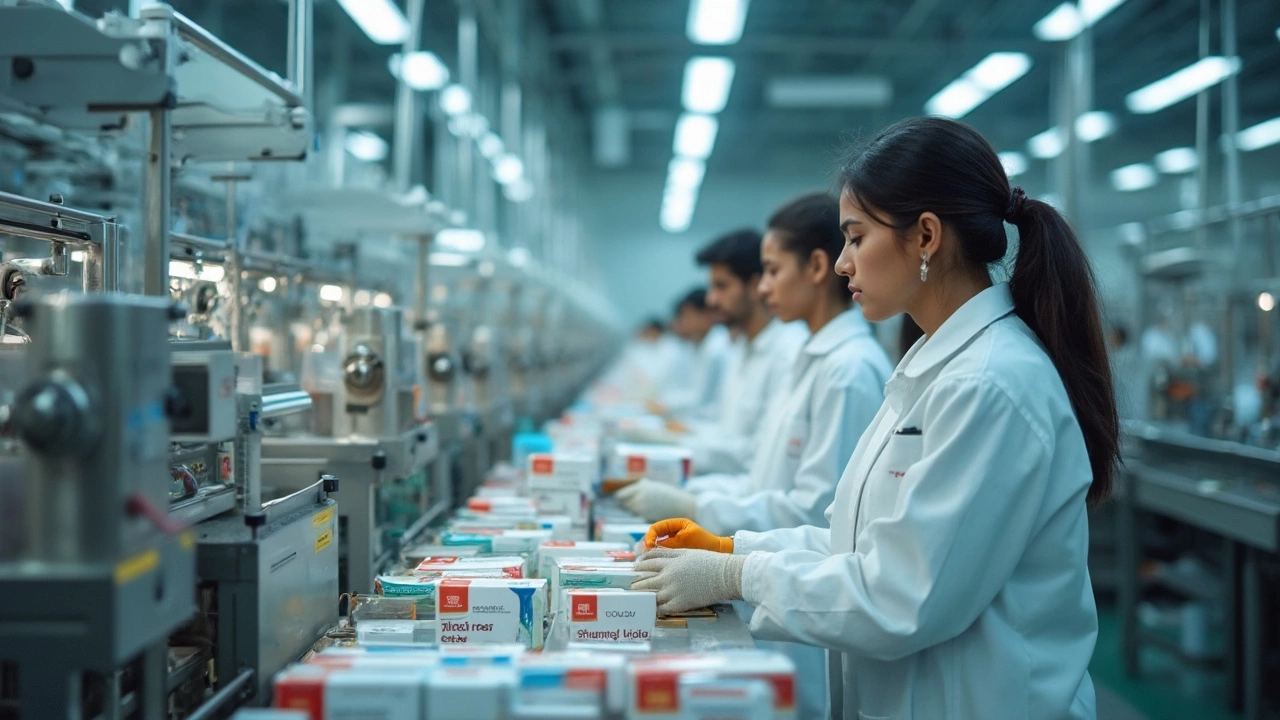Indian pharmaceutical industry
When talking about Indian pharmaceutical industry, the network of drug makers, research labs, and supply chains that power India’s health sector. Also known as India pharma sector, it drives both domestic health outcomes and global export earnings. The industry pharma market trends, shifts in demand, pricing pressure, and innovation speed shape investment decisions, while pharmacy career, the professional path for pharmacists, regulators, and sales experts offers thousands of jobs across retail, R&D, and distribution. Finally, pharmaceutical manufacturing, the process of turning active ingredients into finished medicine demands strict quality control and compliance. Together these elements form a complex ecosystem that fuels health innovation in India.
Key aspects of India’s pharma landscape
The sector’s growth hinges on three core pillars. First, market trends like the rise of biologics and generic competition push companies to invest in new facilities and R&D. Second, the regulatory environment—guided by the Central Drugs Standard Control Organization—sets the standards that manufacturers must meet, influencing everything from batch release to export eligibility. Third, a skilled pharmacy workforce fuels research, compliance, and retail operations, making education pathways and continuous training crucial. These pillars interact: tighter regulations boost quality, which in turn opens export markets, creating more career opportunities for pharmacy graduates.
Investment in pharmaceutical manufacturing has surged, especially in biotech parks and dedicated API (active pharmaceutical ingredient) clusters. Companies are adopting advanced process automation, continuous manufacturing, and real‑time analytics to cut costs and improve yield. This technological shift not only raises productivity but also demands a new breed of engineers and technologists, expanding the scope of pharma education programs across Indian universities.
From a market perspective, domestic consumption accounts for over 60% of total sales, driven by an aging population and rising chronic disease rates. Meanwhile, export shipments—particularly of generic tablets and vaccines—have positioned India as the world’s top supplier to low‑ and middle‑income countries. The interplay between domestic demand and export opportunities creates a resilient demand‑supply loop that sustains the industry’s momentum.
Career pathways in the sector are diverse. Traditional roles include formulation scientists, quality assurance officers, and regulatory affairs specialists. Emerging jobs focus on data analytics, digital health platforms, and supply‑chain optimization. As the industry leans into AI‑driven drug discovery and personalized medicine, the skill set required is expanding, making continuous learning a must for anyone eyeing a long‑term pharmacy career.
Education institutions are responding by offering specialized diplomas in pharmaceutical technology, certifications in Good Manufacturing Practices (GMP), and collaborations with industry for hands‑on training. These programs bridge the gap between theory and practice, ensuring graduates can contribute immediately to manufacturing floors or R&D labs.
Overall, the Indian pharmaceutical industry serves as a powerhouse of health solutions, balancing cost‑effective generic production with cutting‑edge innovation. Its future will be shaped by how well it navigates market trends, enhances manufacturing capabilities, and cultivates a skilled workforce.
Below, you’ll find a curated collection of articles that dive deeper into these topics—covering everything from future pharmacy trends and education pathways to the biggest players and most profitable manufacturing strategies.


